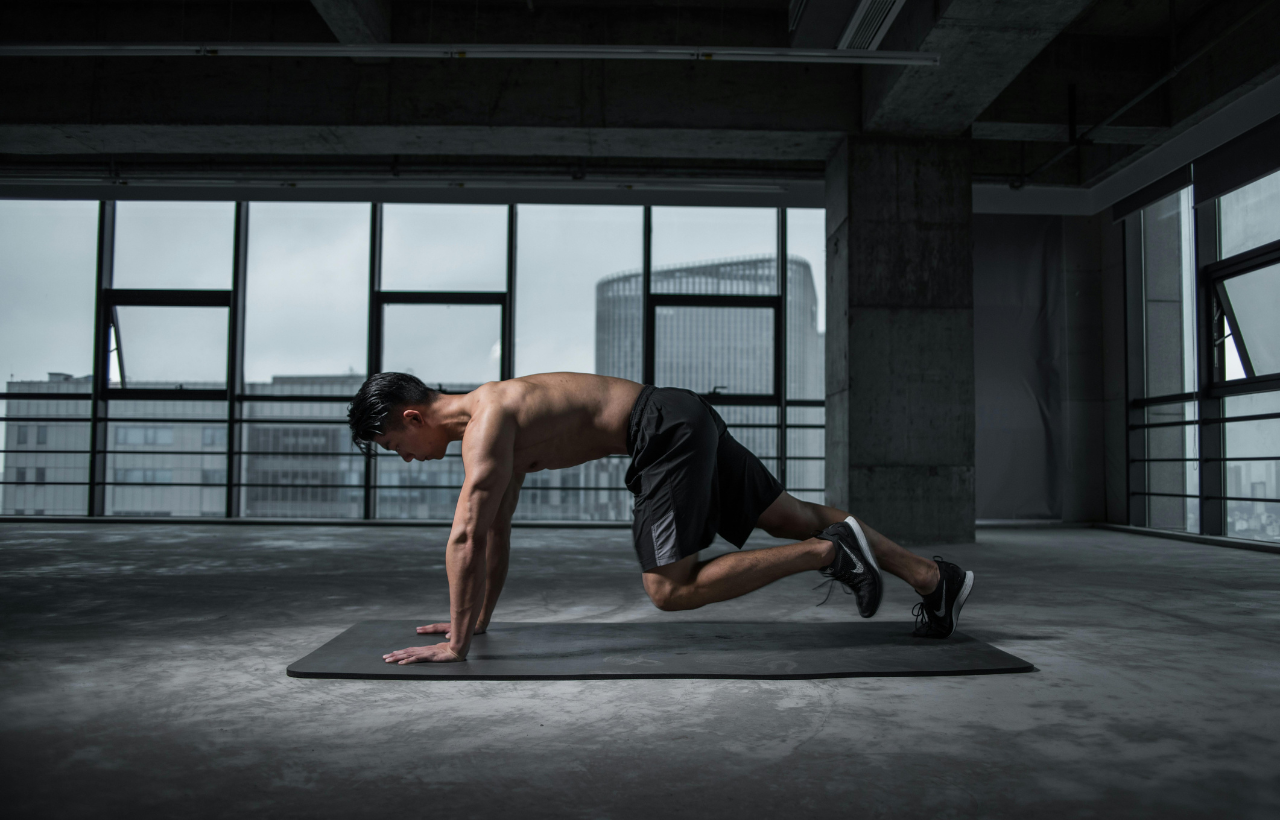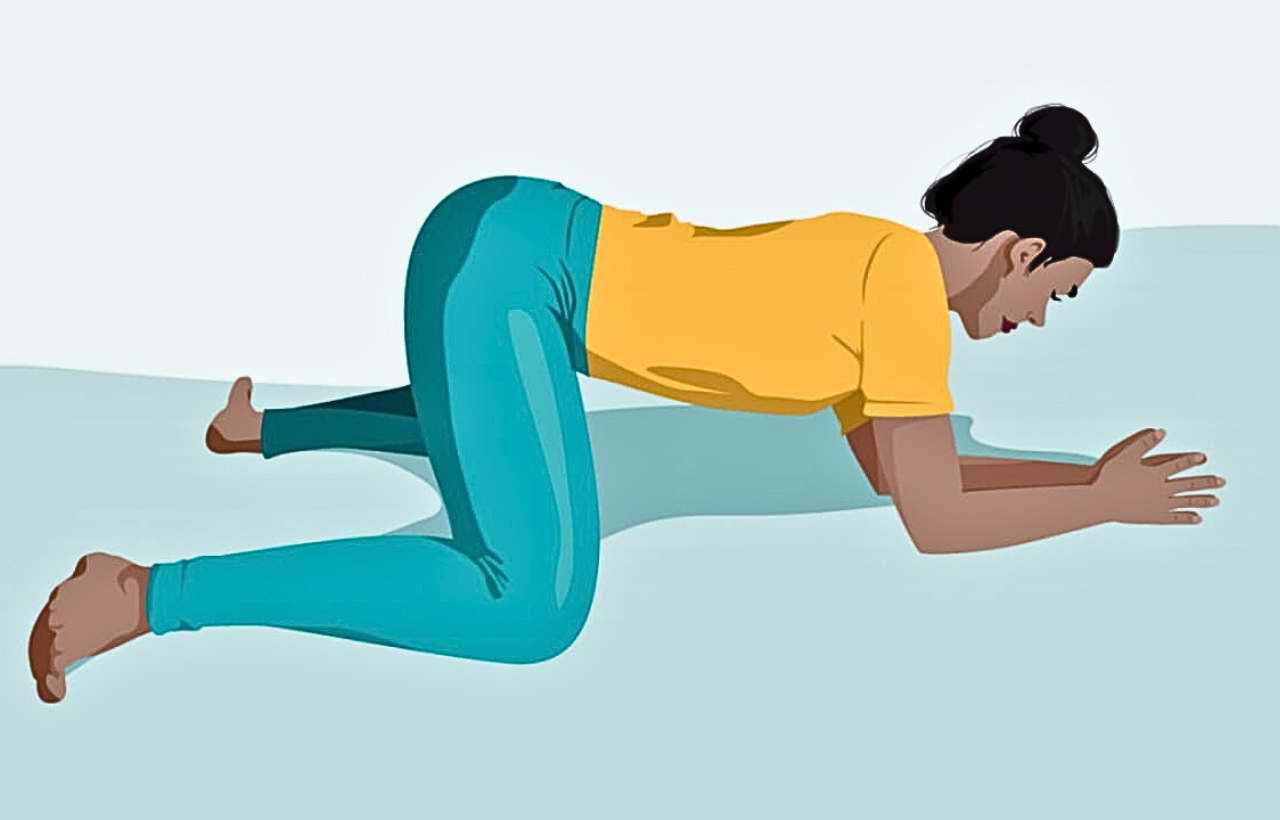Now Reading: Backward Walking: Transforming Fitness Through Reverse Steps
- 01
Backward Walking: Transforming Fitness Through Reverse Steps

Backward Walking: Transforming Fitness Through Reverse Steps
Imagine turning your workout routine upside down—quite literally. Reverse walking, or backward walking, is reshaping the fitness landscape by challenging your balance, coordination, and strength in unexpected ways. This innovative exercise is no fleeting fad; it’s a refreshing alternative designed to reengage your brain and body. Let’s dive into the details of how to do it, explore the myriad health benefits, and learn to integrate it safely into both outdoor and treadmill workouts.
What Is Backward Walking?
Reverse walking is more than simply moving backward—it’s a full-body workout that targets muscles often left underutilized in traditional routines. By reversing your natural gait, you activate different muscle groups, from your calves to your glutes, and enhance your overall neuromuscular coordination. This unique movement is gaining popularity among fitness enthusiasts who want to break free from monotonous exercise patterns and introduce a dynamic twist into their routines.
How to Do It: A Step-by-Step Guide
Embarking on the reverse walking journey is easier than you might think. Here’s how to get started:
- Warm Up Properly: Begin with gentle forward walking and dynamic stretches, focusing on your legs, lower back, and hips. Warming up prepares your muscles for the unconventional movement ahead.
- Practice in a Safe Environment: Choose a smooth, flat surface free from obstacles. When starting outdoors, find a quiet path or track; if indoors, clear the area around you.
- Initiate the Movement: Slowly pivot your body and take small steps backward. Concentrate on maintaining balance and controlling your speed. Keep your head up to ensure proper posture.
- Gradually Increase Duration: As your confidence and balance improve, extend the time spent reverse walking, incorporating it into your regular exercise session.
Following these steps allows you to adapt gradually to the new movement, ensuring your body responds positively to the reverse challenge.
Health Benefits: More Than Just a Novelty
Reverse walking brings a host of tangible health benefits that enrich your overall fitness regimen:
- Enhanced Coordination and Balance: The distinct movement pattern forces your body to recalibrate, engaging stabilizer muscles and boosting proprioception, which is crucial for injury prevention.
- Comprehensive Muscle Engagement: This exercise targets the calves, hamstrings, and glutes more effectively than traditional walking, promoting muscle toning and strength.
- Reduced Joint Strain: By shifting the load distribution, reverse walking may alleviate pressure on joints, reducing the risk of repetitive strain injuries.
- Cognitive Boost: The focus required to master this technique also stimulates mental agility, which can improve concentration and reflexes during other physical activities.
Incorporating reverse walking into your routine isn’t just a novel twist—it’s a holistic approach to enhancing both physical and mental well-being.
Safety First: How to Walk Backwards Safely
While reverse walking is rewarding, it’s essential to approach it cautiously to reap its benefits without injury:
- Start Slow: Allow your body time to adjust by beginning with short intervals. Pushing too hard too soon may lead to muscle strain or imbalance.
- Monitor Your Surroundings: Always choose a safe, obstacle-free space. If outdoors, be aware of your environment; if indoors, ensure sufficient space to maneuver without risk.
- Use Support if Needed: Initially, consider using a wall or railing for slight support until you build the required balance and confidence.
- Listen to Your Body: Discontinue the activity if you experience sharp pain, dizziness, or discomfort, and consult a professional if issues persist.
These safety guidelines help to ensure that your reverse walking adventures remain both effective and injury-free.
Inside the Treadmill: Mastering Backward Walking
For those who prefer the controlled environment of a gym, walking backwards on a treadmill is an excellent way to practice this innovative exercise:
- Treadmill Adaptation: Modern treadmills often have a reverse walking function, allowing you to experiment with backward movement at adjustable speeds.
- Controlled Environment: The treadmill’s steady pace and safety features, such as emergency stop buttons, make it a great option for beginners.
- Gradual Progression: Start at a very slow pace to get accustomed to the reversed motion. Once comfortable, incrementally increase the speed and duration of your sessions.
Using a treadmill not only helps you master the technique in a controlled environment but also allows you to track your progress and steadily build confidence.
Integrating Backward Walking into Your Routine
Ready to make reverse walking a staple of your fitness regimen? Here’s how to seamlessly incorporate it:
- Mix It Up: Alternate between forward and reverse walking during your cardio sessions to add variety and challenge different muscle groups.
- Schedule Regular Sessions: Dedicate specific days or parts of your workout routine exclusively to reverse walking. Consistency is key to unlocking its full benefits.
- Combine with Other Exercises: Enhance the effects of reverse walking by pairing it with strength training or flexibility routines. This combination can lead to more well-rounded fitness improvements.
- Monitor Your Progress: Consider using fitness trackers or mobile apps to record your progress over time. Observing improvements in balance, speed, and endurance can motivate you to continue exploring this innovative exercise.
Evolving your routine with reverse walking not only breaks the monotony but also infuses your workout with new challenges and benefits.
Conclusion
Reverse walking is redefining the boundaries of traditional exercise. By engaging different muscle groups, enhancing balance, and promoting cognitive engagement, this innovative workout offers a refreshing alternative to conventional routines. Whether you’re taking your first cautious steps or adding it to your gym regimen via treadmill sessions, reverse walking is a powerful way to reimagine your fitness journey.
Disclaimer: This article is intended for informational purposes only and is not a substitute for professional advice. Always consult a healthcare or fitness professional before starting any new exercise regimen.











